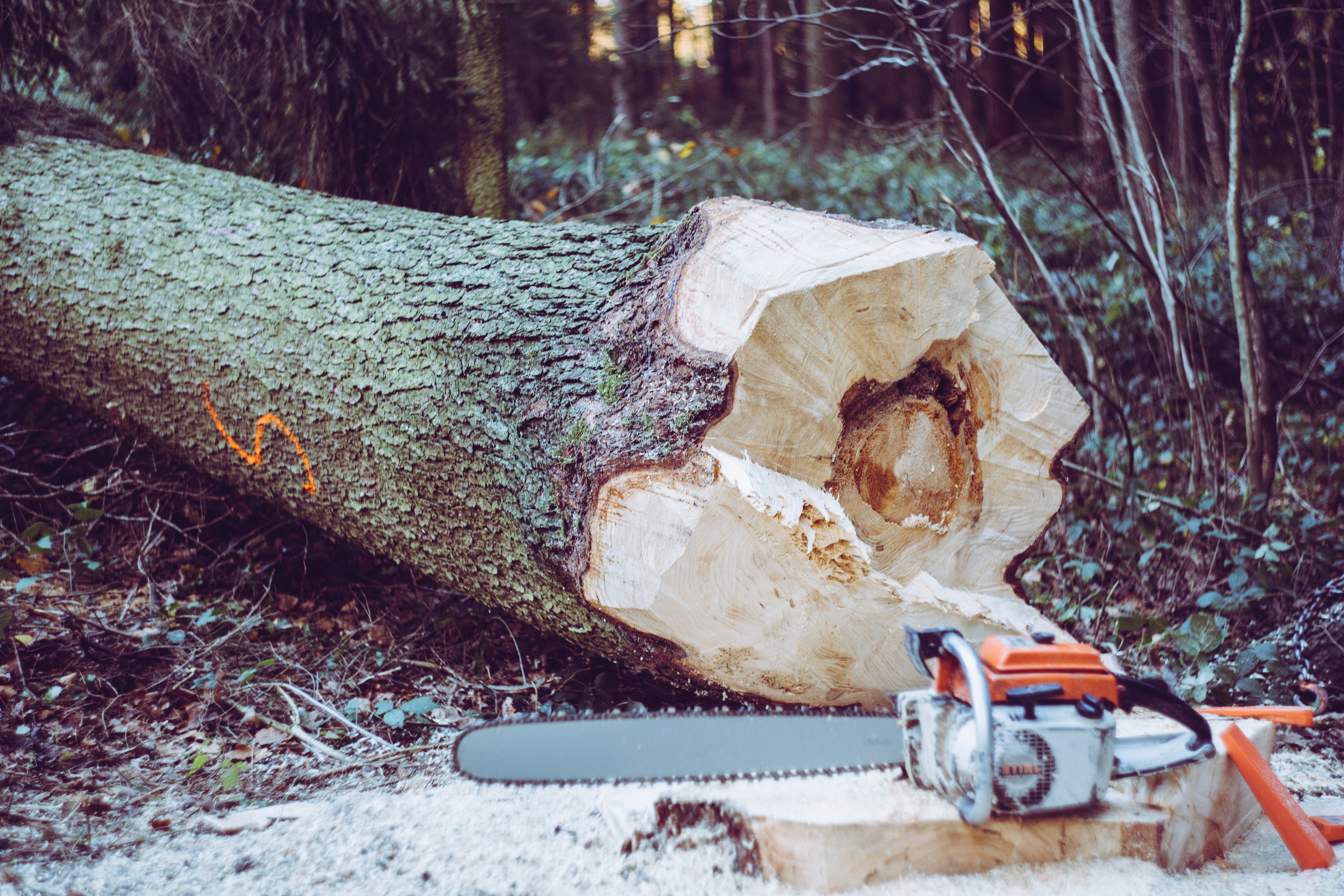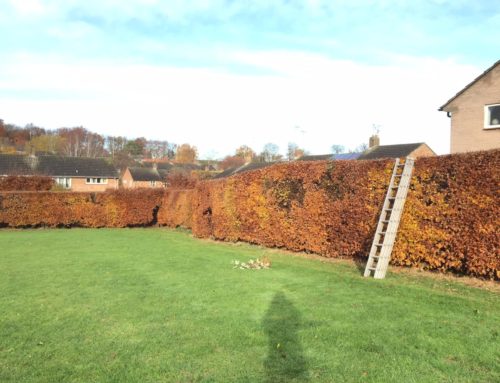What is a tree felling licence and when you might need one?
Here at Longacre Tree Surgery, we support the need of preservation and conservation of trees and wildlife. We also agree with morally correct preservation and that’s why we support the Forestry Commission’s legislations, to help protect Britain’s forests. The Forestry Commission requires you to have a tree felling licence in order to fell trees. If the wrong tree is felled, or there is no licence or other valid permission, anyone involved can be prosecuted. It is an offence to fell a tree without a licence, where one is required.
What is tree felling?
Before we dive into the laws and licences, let’s take a look at the process of tree felling.
Tree felling involves removing a tree to ground level. This can usually be done in 2 ways. If there is a lack of space or access, then the tree may need to be dismantled in small pieces. These are then placed in a designated area without any damage to properties occurring. The second procedure would be felling the tree from ground level or sectional felling in large pieces. This can only happen if there is adequate space around the tree.
Tree felling is a dangerous task for any tree surgeon, with many steps, safety considerations and precautionary measures, and always… a tree felling licence.
Tree Felling Exemptions
All individuals involved with the felling of trees (the owner, agent, timber merchant and contractor) must ensure a licence has been issued before any felling is carried out, unless one of the exemptions apply. These exemptions can be grouped into the following 5 categories; location, type of tree work, volume and diameter, legal and statutory requirements and other permissions.
Exemption – Location
A tree felling licence is not required when the tree is located in:
- A garden
- An orchard
- A churchyard
- A designated open space (such as land registered under the Commons Act 1899, village greens, public parks and public gardens).
Exemption – Type of tree work
A tree felling licence is not required when the task involves; lopping, topping, pruning or pollarding.
Exemption – Volume and diameter
A licence is not required:
- For trees that have the following diameters when measured 1.3 metres from the ground; 8cm or less, 10cm or less for thinnings and 15cm or less for cutting coppice.
- When felling less than 5 cubic metres in a calendar quarter (e.g., Jan to Mar, Apr to Jun, Jul to Sep and Oct to Dec).
Exemption – Legal and statutory
A licence is not required:
- For trees that are dangerous
- To comply with an Act of Parliament
- To undertake your duties as a statutory service provider (gas, water, electricity)
- When preventing the spread of a disease in accordance with a notice served by a Forestry Commission Plant Health Officer.
Exemption – Other Permissions
A licence is not required if you have current permission under:
- An approved Dedication Scheme plan
- Planning permission, granted under the Town and Country Planning Act.
Applying for a licence
If none of the above exemptions apply, an application for a tree felling licence must be made. This can be done by printing and completing the Felling Licence application form, found on the Forestry Commission website.
An Agent Authority form must be completed, if you wish to provide your agent with the authority to act on your behalf. This must be submitted along with your felling licence application.
Tree felling Licence Conditions
There are conditions alongside a felling licence. The felled area must be restocked and the new trees maintained for a period of time. The Forestry Commission will discuss any proposed restocking conditions with the prospective applicant, before the licence is issued.
Only in exceptional circumstances, will a tree felling licence not require subsequent restocking. This application will be assessed under the Environmental Impact Assessment (Forestry) Regulations 1999, and a felling licence for thinning woodland will be issued (without a restocking condition).
Failure to Comply
There have been recent local stories of individuals felling trees without a license, that have resulted in hefty fines. If no felling licence or other valid permission is present, or if the wrong trees are felled, upon conviction, a fine up to £2,500, or twice the value of the trees (whichever is higher) may be imposed.
The Forestry Commission can serve a ‘Restocking Notice’, to restock the land concerned, whether or not a prosecution takes place. The owner or tenant must maintain the replacement trees to acceptable standards for up to 10 years.
Additional Tree Felling Controls
Further legal controls are in place to protect trees. Tree felling is also covered by Tree Preservation Orders and Hedgerow Regulations, administered by local planning authorities.
Grant Schemes
Tree felling applications may be made as part of a grant scheme application. A separate felling licence application is not required, as a licence is issued alongside the grant scheme contract.
Tree Preservation Orders (TPO)
A TPO is made by the Local Planning Authority (usually a local council) to protect specific trees and woodland from deliberate damage and destruction. The Forestry Commission must be informed if the trees to be felled are covered by a TPO or located within a Conservation Area.
Tree Preservation Orders prevent the felling, topping, lopping or uprooting of the protected tree/ trees without permission from the planning authority. If any tree/ trees in the application are covered by a TPO or are within a Conservation Area, the Forestry Commission will consult the local planning authority about the application to fell.
European Protected Species (EPS)
An EPS mitigation licence (from Natural England) may be required under the Habitats and Species Regulations (2010) if felling operations could affect any European Protected Species.
The majority of felling operations can be carried out without a mitigation licence, even within the presence of EPA, providing practical guidance is followed. It may be useful to familiarise yourself with the protected species, through a guide available on the Forestry Commission’s website, before applying for a felling licence.
Other Protected Species
Felling operations (particularly clear felling) during breeding seasons of protected species – including all wild birds and red squirrels – increases the risk of committing offences under the Wildlife and Countryside Act, 1981.
The presence of protected species needs to be taken into account when planning woodland management and forestry operations. Using a management plan will reduce the risk of adverse impacts on local populations. In some cases, a licence from Natural England may be required.
For further information visit the Forestry Commission website, or contact 01992 475965.



